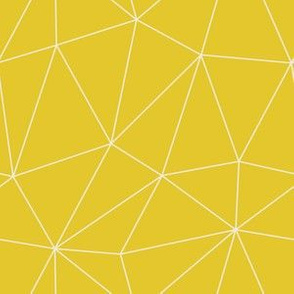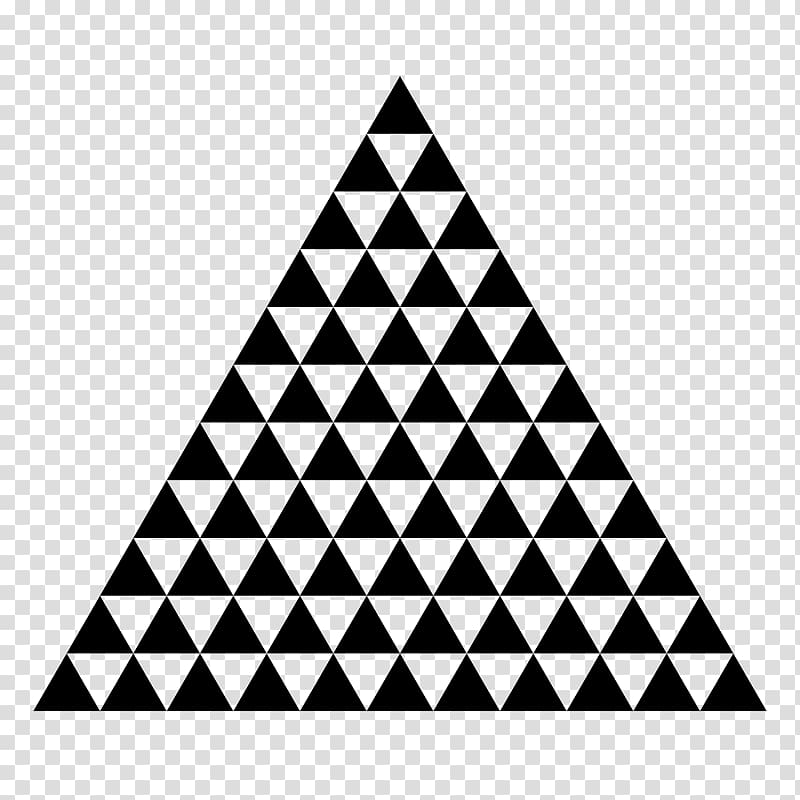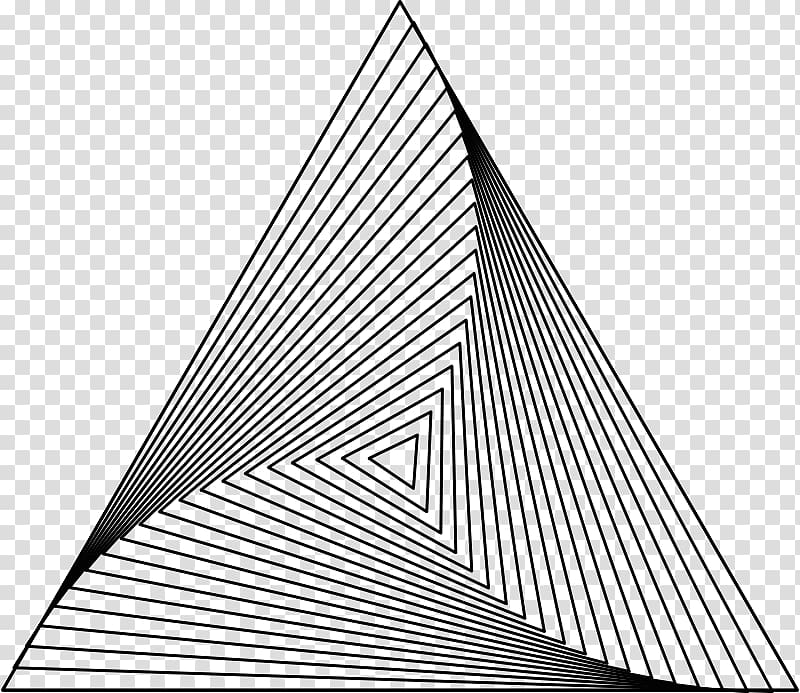

N2 - We present a numerical technique, namely, triangular tessellation, to calculate the free energy associated with the adsorption of a colloidal particle at a flat interface. T2 - Towards nonconvex patterned colloids In general the vertex figure of a snub tiling in a triangle ( p, q, r) is p. 3.q.3.r.3, being 4.3.3.3.3.3 in this case below.T1 - Triangular tessellation scheme for the adsorption free energy at the liquid-liquid interface For instance in the (4,3,3) triangle family, the snub form has six polygons around a vertex and its dual has hexagons rather than pentagons. Without right angles in the fundamental triangle, the Wythoff constructions are slightly different.

The (4 3 3) triangle group, Coxeter group, orbifold (*433) contains these uniform tilings. There are infinitely many general triangle group families ( p q r). The (7 3 2) triangle group, Coxeter group, orbifold (*732) contains these uniform tilings: Spherical (improper/ Platonic)/ Euclidean/hyperbolic (Poincaré disc: compact/ paracompact/ noncompact) tessellations with their Schläfli symbol There are infinitely many ( p q 2) triangle group families. Three of them – (7 3 2), (5 4 2), and (4 3 3) – and no others, are minimal in the sense that if any of their defining numbers is replaced by a smaller integer the resulting pattern is either Euclidean or spherical rather than hyperbolic conversely, any of the numbers can be increased (even to infinity) to generate other hyperbolic patterns.Įach uniform tiling generates a dual uniform tiling, with many of them also given below. Selected families of uniform tilings are shown below (using the Poincaré disk model for the hyperbolic plane).

More symmetry families can be constructed from fundamental domains that are not triangles. In the limit any of p, q or r can be replaced by ∞ which defines a paracompact hyperbolic triangle and creates uniform tilings with either infinite faces (called apeirogons) that converge to a single ideal point, or infinite vertex figure with infinitely many edges diverging from the same ideal point. Hyperbolic triangles ( p q r) define compact uniform hyperbolic tilings. Hyperbolic families with r = 3 or higher are given by ( p q r) and include (4 3 3), (5 3 3), (6 3 3).

An 8th represents an alternation operation, deleting alternate vertices from the highest form with all mirrors active.įamilies with r = 2 contain regular hyperbolic tilings, defined by a Coxeter group such as,. There are an infinite number of uniform tilings based on the Schwarz triangles ( p q r) where 1 / p + 1 / q + 1 / r < 1, where p, q, r are each orders of reflection symmetry at three points of the fundamental domain triangle – the symmetry group is a hyperbolic triangle group.Įach symmetry family contains 7 uniform tilings, defined by a Wythoff symbol or Coxeter-Dynkin diagram, 7 representing combinations of 3 active mirrors. Lines to the active mirrors are colored red, yellow, and blue with the 3 nodes opposite them as associated by the Wythoff symbol.
#Triangular tessellation generator
Įxample Wythoff construction with right triangles ( r = 2) and the 7 generator points. It is also regular since all the polygons are the same size, so it can also be given the Schläfli symbol. For example, 7.7.7 represents the heptagonal tiling which has 3 heptagons around each vertex. Uniform tilings can be identified by their vertex configuration, a sequence of numbers representing the number of sides of the polygons around each vertex. It follows that all vertices are congruent, and the tiling has a high degree of rotational and translational symmetry. there is an isometry mapping any vertex onto any other). In hyperbolic geometry, a uniform hyperbolic tiling (or regular, quasiregular or semiregular hyperbolic tiling) is an edge-to-edge filling of the hyperbolic plane which has regular polygons as faces and is vertex-transitive ( transitive on its vertices, isogonal, i.e. (Three yellow-yellow "edges", no two of which share any vertices, count as degenerate digon faces. The other edges (the ones between a trigon and a tetragon) are normal edges.) (The "edge" between each pair of tetragons counts as a degenerate digon face. (All of the "edges" count as degenerate digon faces.) (Half of the "edges" count as degenerate digon faces. Construction of Archimedean Solids and Tessellations


 0 kommentar(er)
0 kommentar(er)
